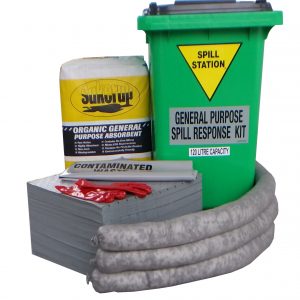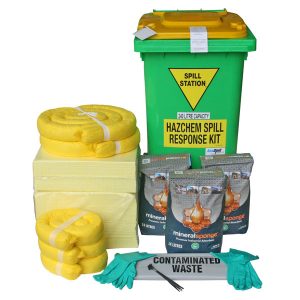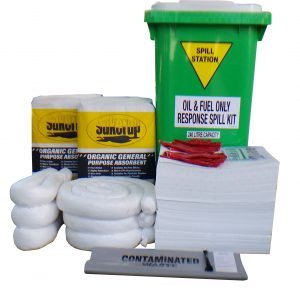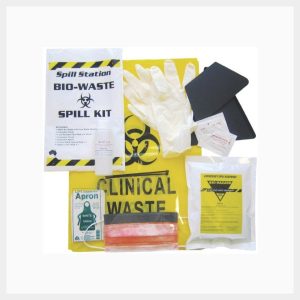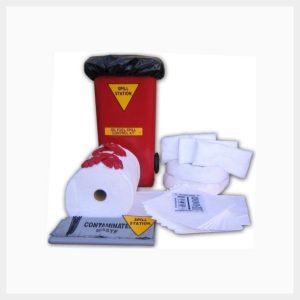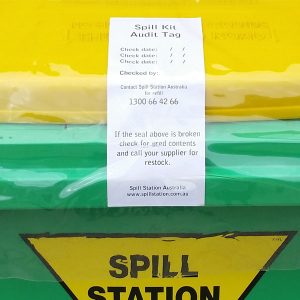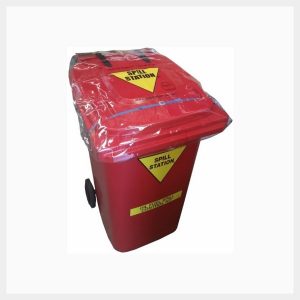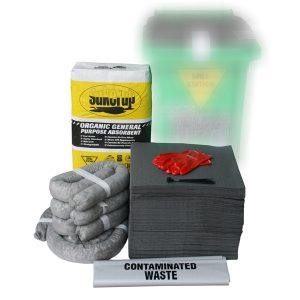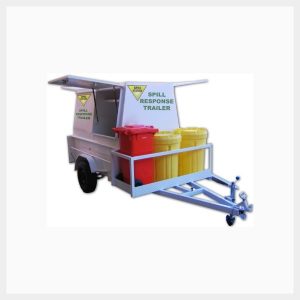Spill Kits Clean Up Oil, Fuel & Chemical Spills
Ensure you have the right spill control equipment on site to deal with any incident that may arise. Spill Station® Australia is a nationwide supplier of spill response kits.
Spills in the workplace are not uncommon, and spill kits must be on hand to respond. These kits help maintain safety and compliance by swiftly addressing spills that pose slip and environmental risks.
Find a wide range of essential spill kits at Spill Station® Australia, suitable for a wide range of industrial environments. Address spill accidents in agribusiness, bulk liquid transfer stations, factories, warehouses, workshops, refuelling areas, loading docks and Class 3 and Class 6 storage facilities. Keep your workplace safe and ready to handle any spill with Spill Station®’s comprehensive spill response solutions.
The Best Spill Kits in All of Australia
Are you looking for the best spill kits that Australia has to offer? We are one of Australia’s most trusted suppliers of spill response kits for a range of needs, including general-purpose, hazardous chemicals, oil & fuel, lab & medical, marine and more. Our kits are available in various sizes and types and will guarantee that you can control, contain and clean up any spill that occurs in your workplace.
Keep Your Workplace Safe & Compliant with Australia’s Most Effective Spill Kits
Spill kits are essential emergency response tools that contain and clean up hazardous spills involving oil, fuel or chemicals. Having a spill kit on hand is a necessity for any site that stores dangerous goods. From fuel spills to chemical leaks, you need to ensure that your workers and the environment are safe when accidents happen. If you don’t have spill kits and the ability to act fast, you could face fines, expensive cleanups, environmental damage and injured staff. According to Australian standards, a spill kit is a requirement for businesses whenever there is a risk of pollution on site. These spill kits must contain all the cleaning items that are required to minimise exposure to hazardous materials and pollutants.
At Spill Station, our spill kits are high-quality and developed to meet all required Australian standards. They contain everything you need to clean up spills safely, quickly and effectively, including sorbent pads, loose absorbents, booms, personal protective equipment (PPE) and contaminated waste bags. The items in our kits can be replaced or modified as needed to suit your needs.
Spill kits do more than clean up spills — they protect both personnel and the environment.
Whatever the Task, We’ve Got the Spill Kit for the Job
We have been providing Australian companies with top-quality spill kits for almost 40 years. In addition to our extensive range of spill response kits for all workplace needs, our products also cover chemical storage solutions, spill kit training programmes, spill compliance audits and spill kit maintenance solutions.
Got Questions About the Most Effective Spill Kits Australia Has to Offer?
At Spill Station, we are committed to helping businesses from all industries to keep their workplace safe and compliant. If you have any questions about our spill kits or our other safety services, check out the FAQs below. If you don’t see the answer to your question, don’t hesitate to get in touch. We’re here to help.

